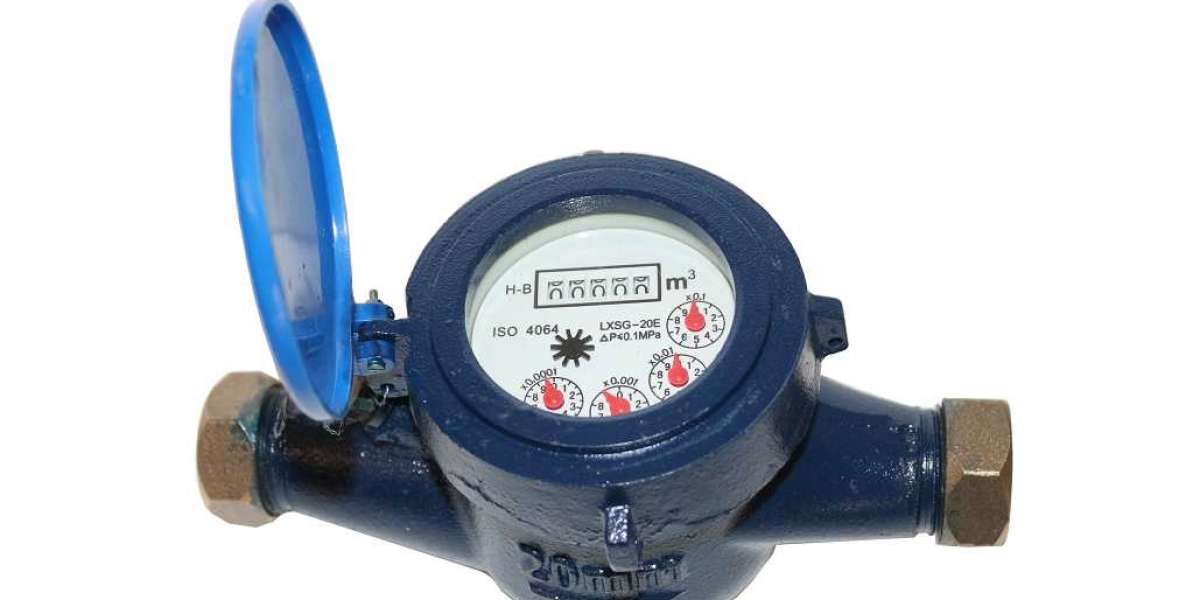Technological advancements and changing consumer preferences are driving the automotive fuel transfer pumps market across the world. In 2015, the market valued $49,052.6 million, and it is projected to advance at a 4.7% CAGR during the forecast period (2016–2022). Fuel transfer pumps were initially installed in vehicles to supply the fuel to the engine from the fuel tank. But with rising pollution, these are also being used to increase the fuel efficiency and performance.
Several types of pumps are available in the market, including fuel supply, fuel injection, transmission oil, engine oil, and vacuum pumps. Among all, fuel supply pumps registered the highest sales and revenue in the automotive fuel transfer pumps market in 2015. Fuel supply pumps transfer the fuel from the storage tank to the engine, without which vehicles cannot move. Therefore, owing to their importance in vehicles, these dominated the market and will continue to do so during the forecast period.
However, vacuum pumps are expected to advance with the highest revenue and sales volume CAGR in the fuel transfer pumps market during the forecast period. Apart from creating vacuum for braking systems, these are also used in air conditioning and central locking systems. The reason for their rapid growth would be the changing consumer preferences, which are compelling automotive manufacturers to offer such advanced systems in their vehicles. Hardly any personal vehicle nowadays comes without air conditioning, whereas the central locking system is also gaining rapid popularity.
This is because with rising disposable income, more consumers are able to afford vehicles with premium features. In countries such as Brazil, India, and China, these systems are moving beyond premium and executive cars to be included in compact as well as mid-segment cars. Further, with the existence of numerous large automotive makers and consumer base, the competition in the automobile industry is increasing. To be on top, vehicle manufacturers are equipping their vehicles with such systems, many of which require fuel transfer systems, including vacuum pumps.
Another reason for the growth of the fuel transfer pumps market is technological advancements. To dominate the competition, automakers are integrating gasoline turbochargers, automatic transmission, power steering, and gasoline direct injection in vehicles. The installation of many of these systems is also a result of strict regulations in many countries with regard to carbon emissions. For instance, the fuel efficiency increases and fuel combustion improves with the use of gasoline turbocharged direct injection. So, as these systems are integrated into more vehicles, the sales of advanced fuel injection systems are expected to increase.
Hyundai Motor Company, General Motors, BMW AG, Ford Motor Company, and Volkswagen offer the technology in their personal vehicles. Just as the gasoline turbocharged direct injection technology becomes popular in personal vehicles, diesel turbocharged direct injection systems are being rapidly installed in commercial vehicles, such as buses and trucks. Such heavy-duty vehicles generate lots of emissions; therefore, it is becoming necessary to equip them with technologies that help reduce pollution. Therefore, with the rising commercial vehicle sales, the automotive fuel transfer pumps industry is predicted to prosper further.
Explore Full Report Description At@ https://www.psmarketresearch.com/market-analysis/automotive-fuel-transfer-pumps-market
Across the world, Asia-Pacific dominated the market during the historical period (2012–2015) in terms of sales volume as well as revenue, and it is expected to maintain its dominance during the forecast period. However, the fuel transfer pumps market is projected to grow the fastest in Middle East and Africa in terms of value and volume owing to the rapidly surging demand for passenger cars and increasing technological advancements in automotive technology.
Hence, with the growth of the automobile industry in developing countries, the market for automotive fuel transfer pumps would continue to progress.







